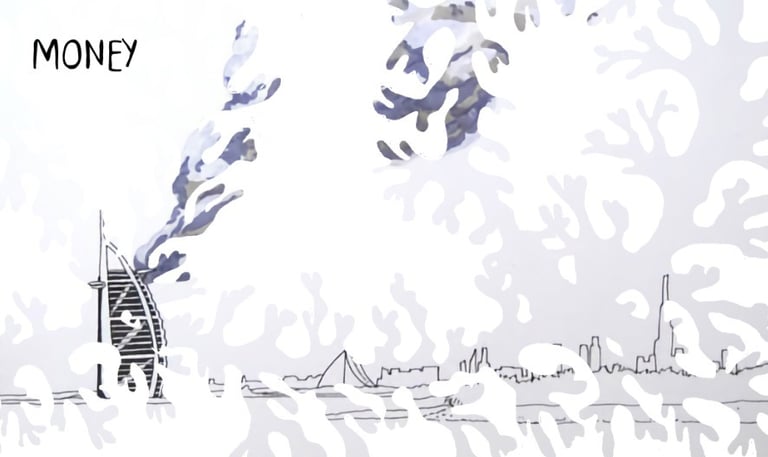The Spiral Model
Personal theory, working method and Manifesto for urban development
by Anna Krenz
The Spiral Model is a conceptual framework that I have been developing through years of artistic, architectural and historical work. I have been working with this theory for years in different contexts and consider it a central axis of my current and future projects.
In contrast to popular ideas such as the Circular Economy/Development, this model introduces the third dimension (XYZ) and fourth dimension – time – to urban thinking. It sees urban and social development not as circular, but as spiral: layered, evolving, and historically embedded. The fourth dimension - time - is the past and the future. Cities grow in time, they have their history and heritage. Cities have a future, which we can create, for better or for worse.
This framework draws from my background in architecture and urbanism (AA School of Architecture, London), where I focused on Compact City model, and is rooted in lived observations of urban sprawl patterns across Europe and the US or destructive top down developments of global ruthless investors. These repeating mistakes expose the urgent need for a spatial culture that learns from its past.
In contrast to top-down masterplans or static monuments, the Spiral Model advocates for an organic, intuitive and feminist approach to space, storytelling and design. It allows for interruptions, returns, gaps, and growth — just like human experience. It connects past with present and future through affect, embodiment, and collective memory. Thus, the Spiral Model is both a manifesto and a methodology — applicable to research, education, participatory planning, and design. It calls for the richness of staying, remembering, and regenerating.
I see the Spiral Model not only as a way of working — but as a political gesture. It challenges patriarchal and colonial approaches to history and space. It invites openness, doubt, connection and imagination. Merging architecture, energy ethics, and feminist memory, it advocates for compact, regenerative cities that remember — places where time, history, and care shape spatial futures.
It spirals, not conquers.
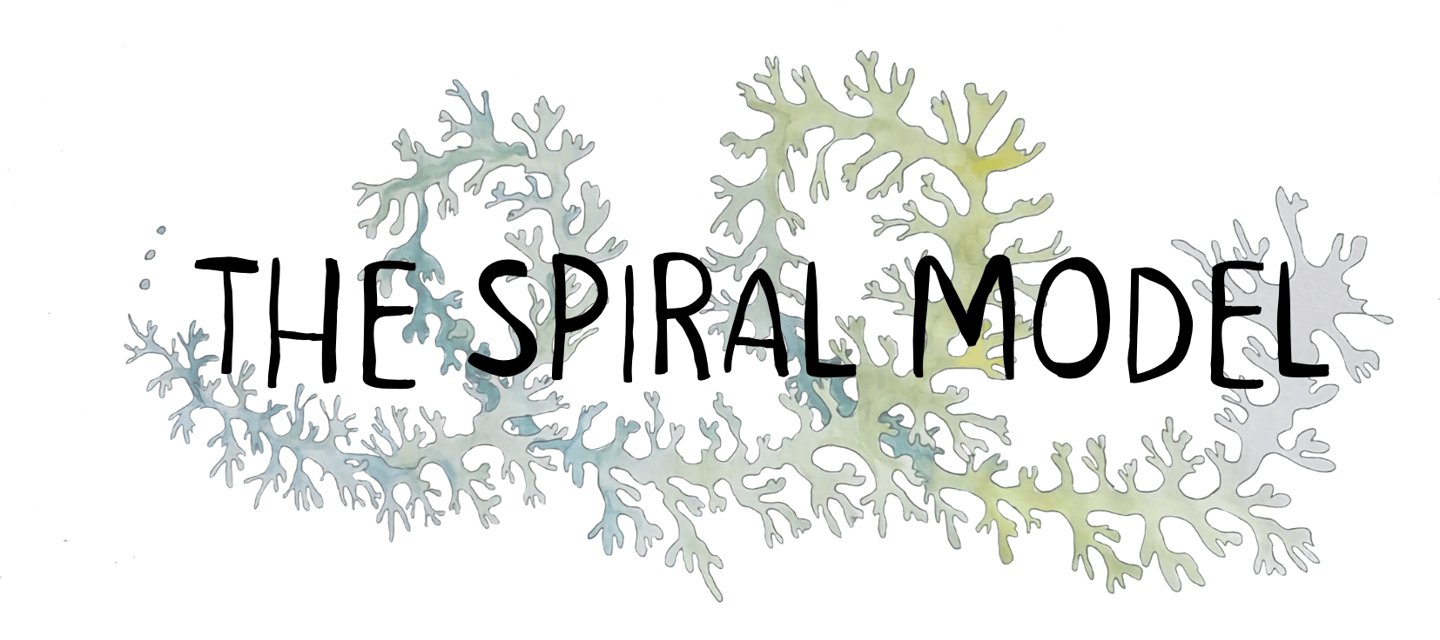

***
The Spiral Model introduces a conceptual and spatial framework for urban development inspired by natural, decentralised, and temporal growth. As an alternative to linear or circular planning paradigms, the model is based on the geometry of the four-dimensional spiral — integrating time as an active dimension of spatial design. Rather than repeating closed cycles or prioritising acceleration, spiral-based development acknowledges historical layering, transformation, and the importance of memory in shaping urban form.
Drawing on the biological structure of lichen — a composite, symbiotic organism — the Spiral Model operates at the intersection of ecology, feminist spatial theory, renewable energy, and urbanism. This living metaphor suggests interdependence, slowness, adaptability, and collective resilience, offering an alternative blueprint to top-down, growth-driven planning models.
The framework is informed by ongoing research into the Compact City model and critical urban theory, as well as by comparative analyses of urban sprawl phenomena across Europe and North America. In particular, it responds to the consequences of destructive, speculative developments — such as “strip-field” suburbanisation in Central Europe or profit-oriented urban expansion by global investment actors. These recurring patterns illustrate the systemic failure to integrate cultural, historical, and ecological learning into spatial planning.
Applied to the Compact City model, the Spiral Model introduces a deeper, more layered understanding of density — one that incorporates not only spatial and ecological compactness, but also temporal and cultural depth. It critiques emerging paradigms such as the “15-minute city” which, despite aiming for accessibility, are often structured around capitalist metrics of efficiency, speed, and convenience. Spiral urbanism instead emphasises the value of proximity, intensity, and historical consciousness.
A key extension of the Spiral Model lies in the field of renewable energy infrastructure. Referencing the development of modern wind turbines in Northern Jutland — notably through the work of the Nordic Folkecenter for Renewable Energy — the model highlights the importance of decentralised, community-led solutions to energy transition. These case studies exemplify how technological advancement can emerge from grassroots knowledge systems, embedded in landscape and local agency.
The Spiral Model also incorporates a feminist perspective by foregrounding decentralisation, care, and the recovery of erased or marginalised narratives. It treats herstories — particularly those of women in relation to place — as critical components of spatial continuity and regeneration. These principles are translated through methodologies such as memory mapping, site-based visual interventions, and storytelling in the urban realm.
As both a theoretical proposition and a practical methodology, the Spiral Model can be applied across disciplines: from urban planning, architecture and design, to cultural production, and sustainability research. It invites an approach to urbanism grounded not in acceleration or repetition, but in evolutionary continuity, reflection, and coexistence.
Anna Krenz
The concept was introduced in October 2024, at the "PoweringCitizens. Panel on Energy Democracy across Europe" conference in Berlin. The Spiral Model is a personal conceptual framework developed in 2002. I kindly ask that this idea be treated with intellectual respect.
Geometry
The model derives from geometrical analysis
The Circle | X Y
Circular development is only 2-dimensional.
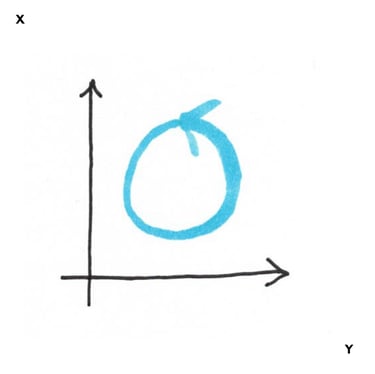

The Spiral | X Y Z
Adding the 3rd dimension, space, makes the model more realistic.
Fluctuation of the side view - the sinus.
Sinus
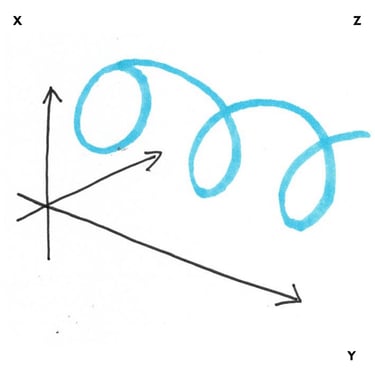

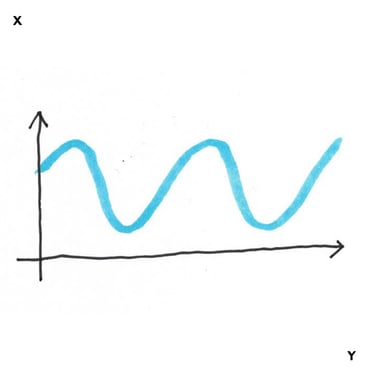

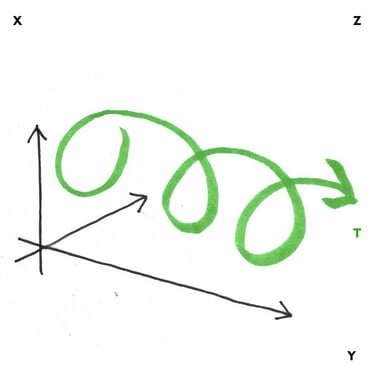

The Spiral Model | X Y X T
The Spiral Model is based on 4 dimensions.
URBAN FORM
The Spiral Model is a tool for critical approach to urban development.
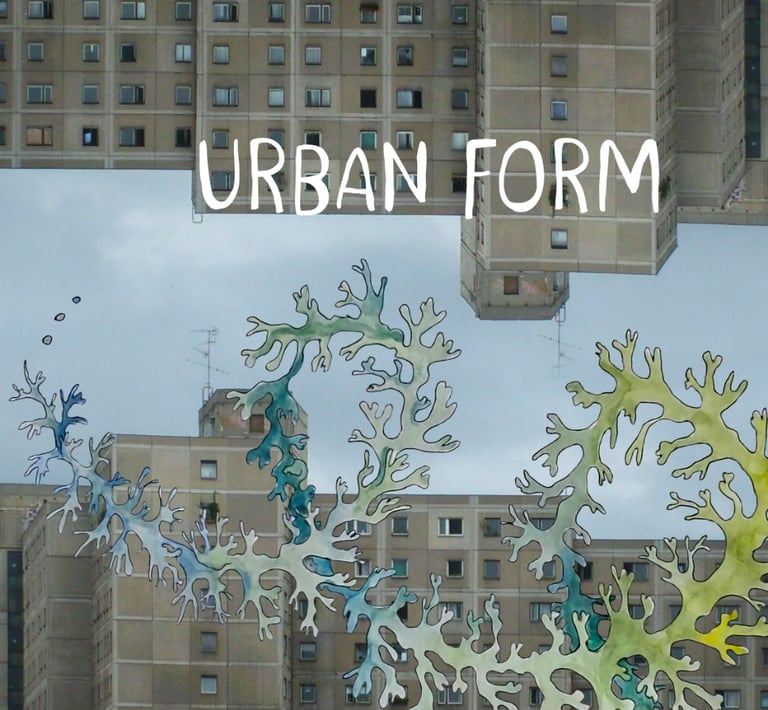

SPACE
The Spiral Model: Active creation of living spaces, example: project „Reticulum, the Concrete Side of the World” by Sinus 3
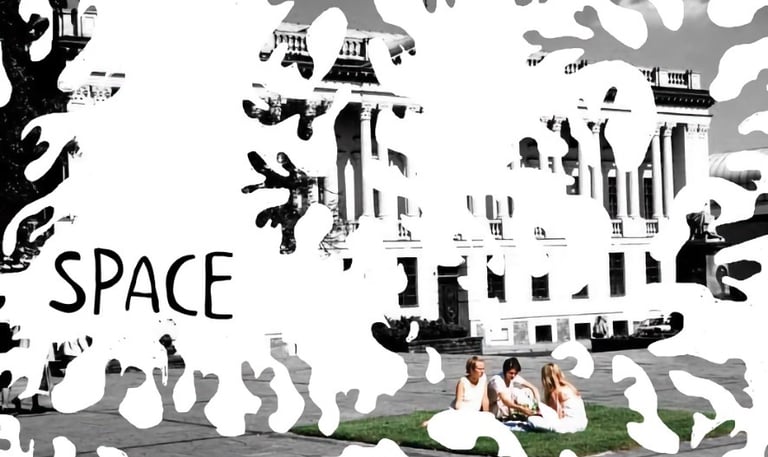

ENERGY
The Spiral Model: community power models, decentralised renewable energy systems, and regenerative spatial practices. I specialise in the history of modern wind power through my collaboration with the Nordic Folkecenter for Renewable Energy (Denmark). The development of modern wind turbines in northern Jutland is not just a technological success — it represents the agency of civic society, and the empowerment of communities to create sustainable solutions. Learning from history may provide a more safe future.
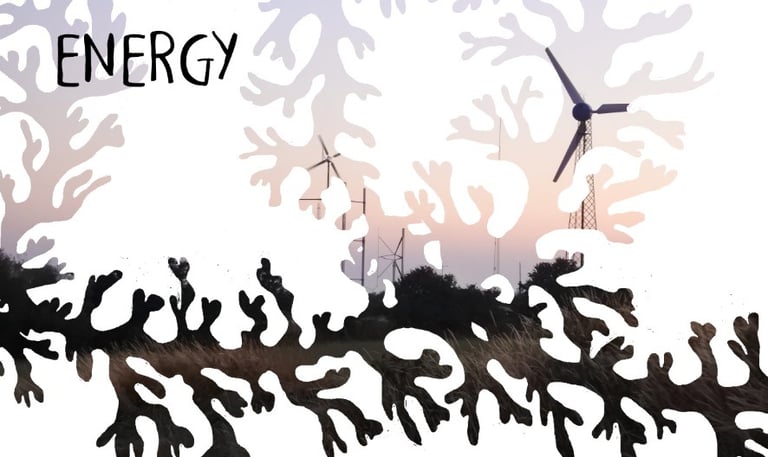

HERSTORY
The Spiral Model: Incorporating the voices of marginalised: indigenous communities, minorities or women – a bottom-up feminist empathetic approach to planning.
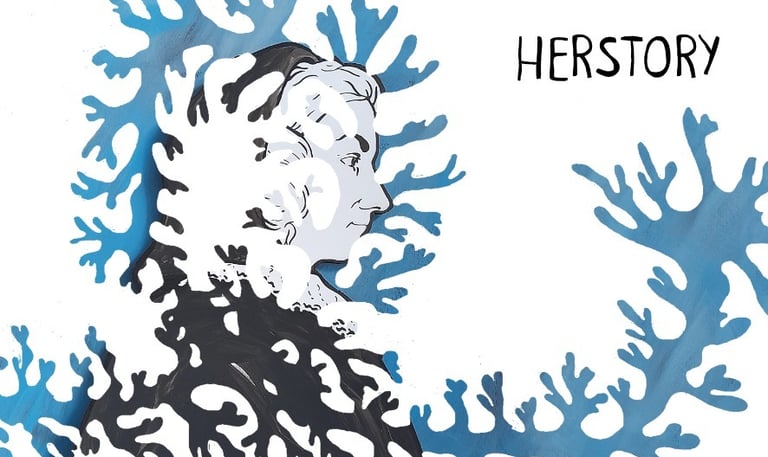

HERITAGE
Inspired by the organic structures of memory, the Spiral Model challenges linear and binary approaches to time, history and design. It emphasises layered, cyclical, and subjective trajectories — much like how trauma, memory and heritage operate in real life. Sustaining nature, sustaining history and heritage allows us to belong and to care.


MONEY (and TIME)
The Spiral Model: Anticapitalist approach to urban planning and urban form, where the less privileged can find a safe and sustainable space to live.
